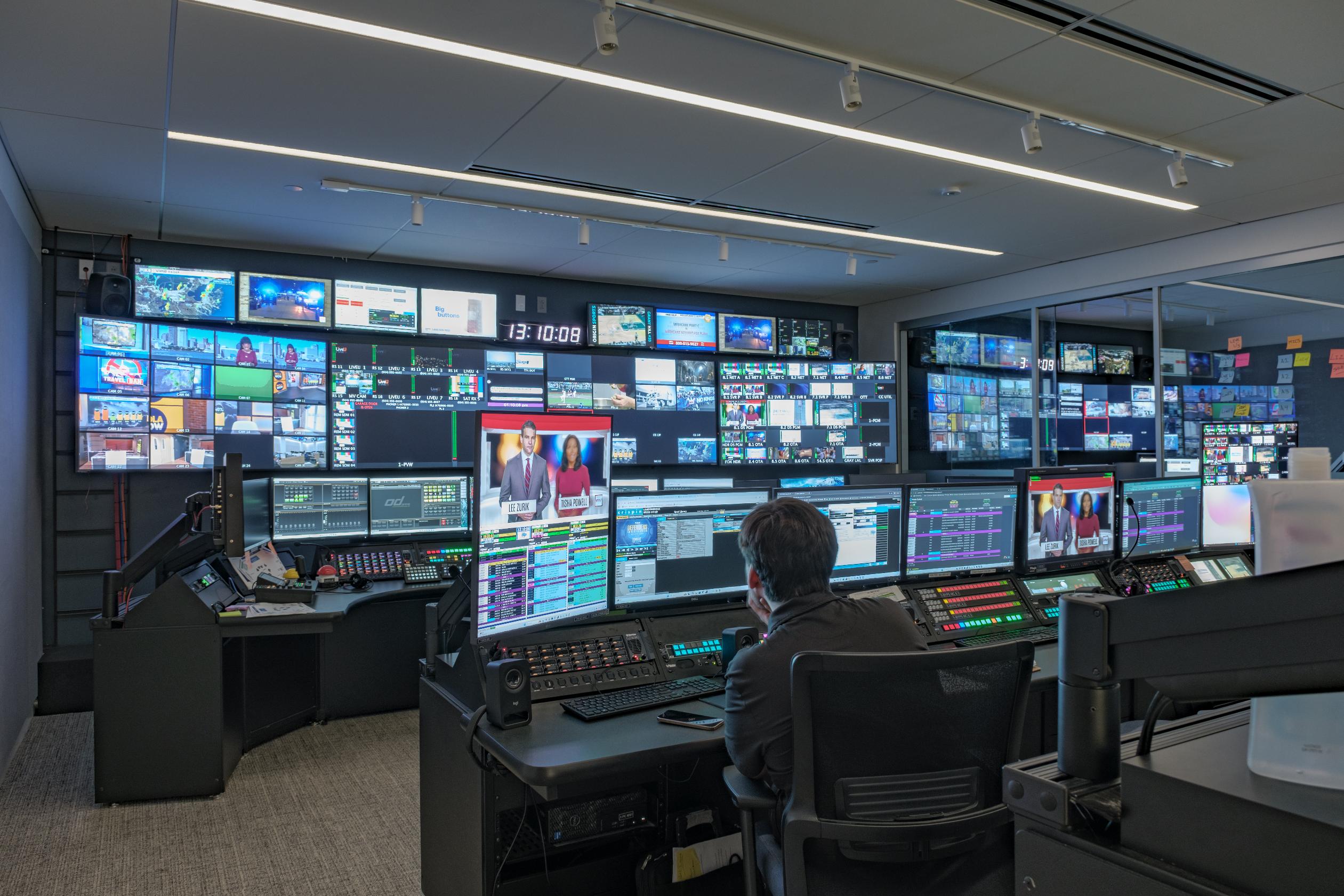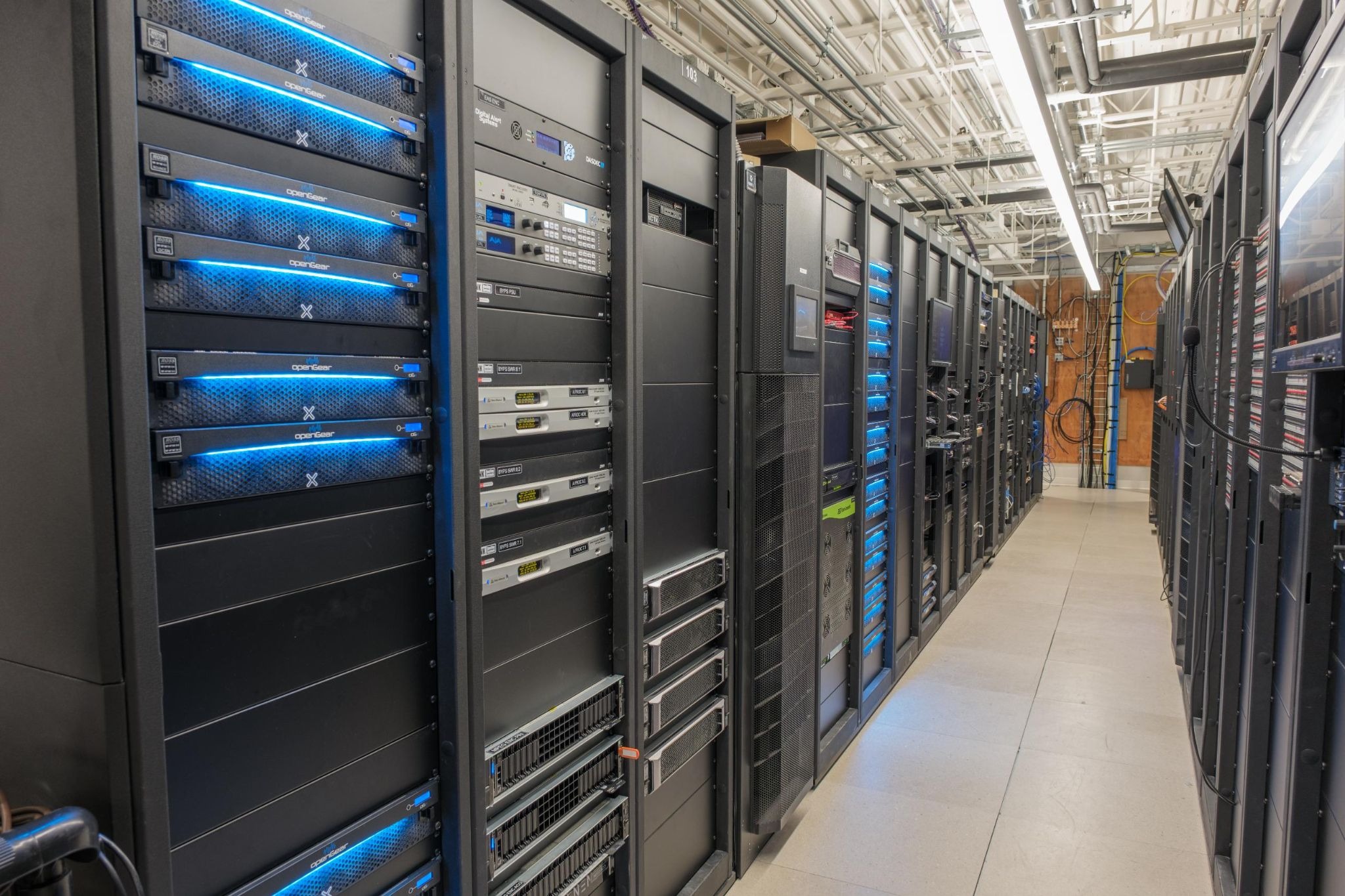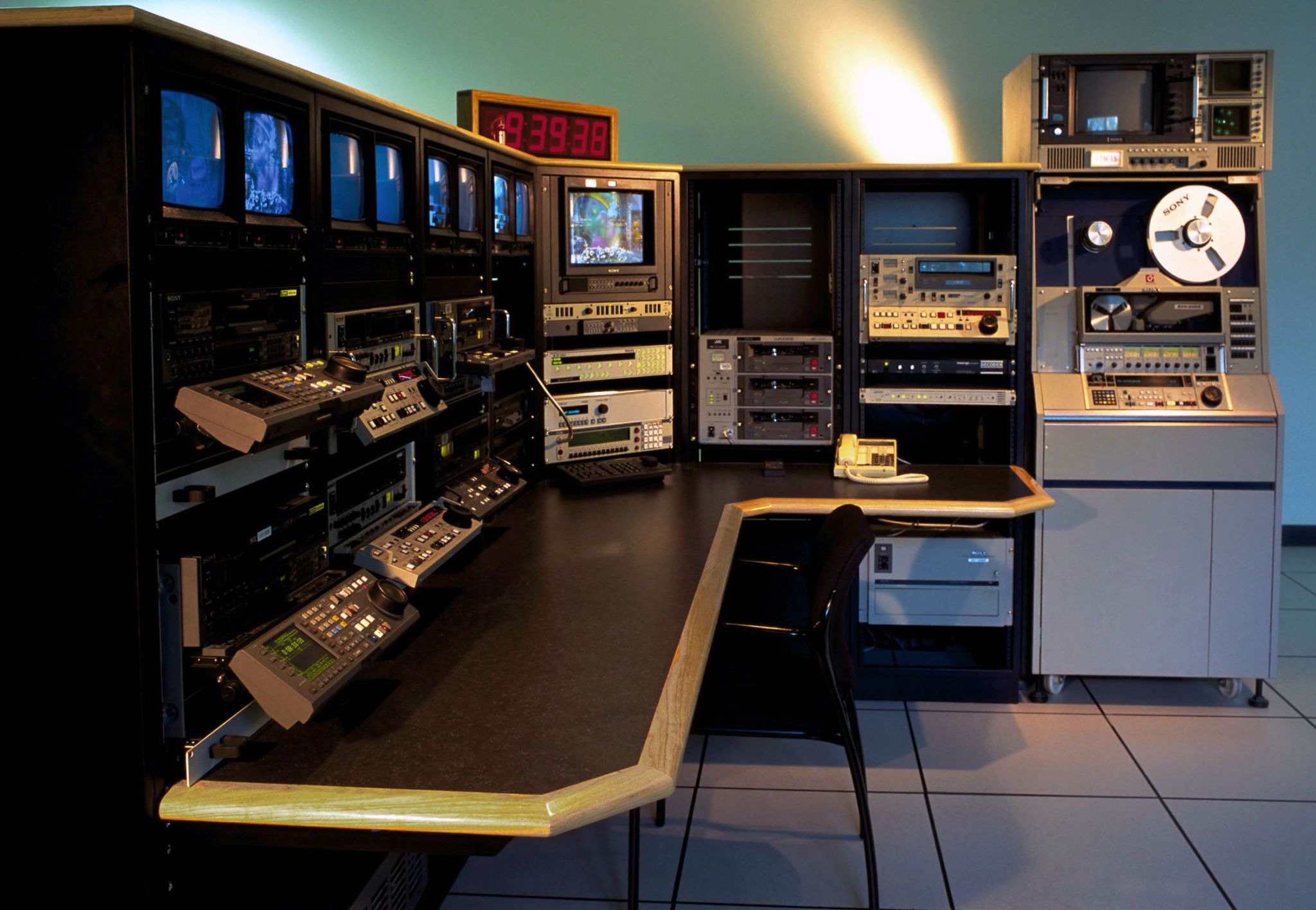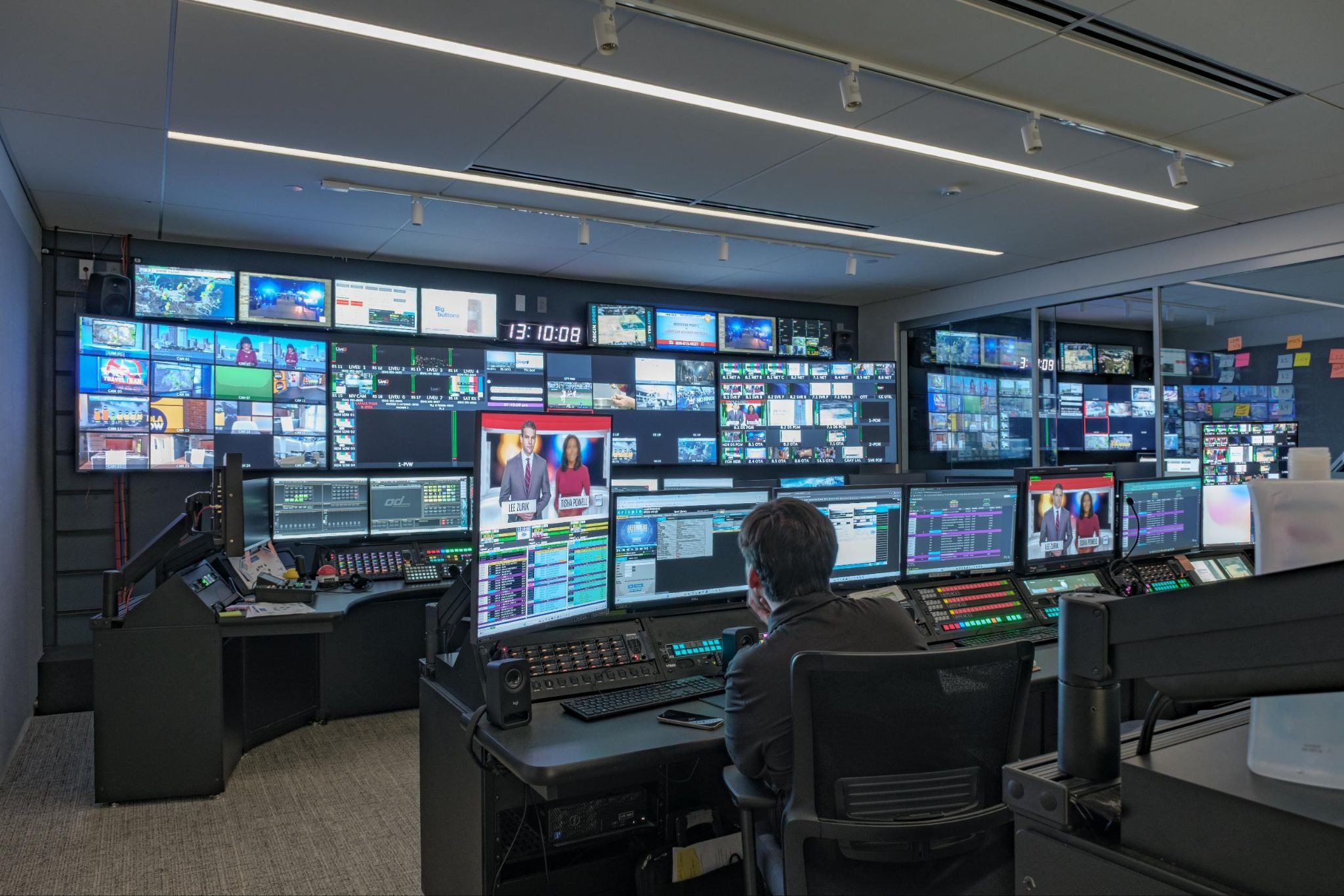
Then Vs. Now: How the Role of the Systems Integrator Has Transformed in the Broadcast and Media Industry

An abbreviated version of this article was published by TVNewscheck here: https://tvnewscheck.com/tech/article/then-vs-now-the-evolving-role-of-the-systems-integrator-in-broadcast-media/
Not long ago, the role of a systems integrator in broadcast and media was defined by the physical installation of hardware — miles of cabling, racks of equipment, and a focus on tangible infrastructure. Integration was a hands-on, linear process: technicians connected discrete hardware components, and troubleshooting often meant simply following a wire from point A to point B. Labor estimates were closely tied to the size and layout of a facility, and much of the engineering effort focused on infrastructure planning and signal flow.
In that environment, craftsmanship and consistency were highly prized. The systems were self-contained, the workflows were well understood, and the expectations for both integrators and clients were clear and predictable.
Today, the environment in which integrators operate is vastly different. The physical aspect of installation, while still important, is no longer the centerpiece of the job. Instead, the modern integrator must be a hybrid — part engineer, part consultant, part educator, and part IT specialist.
This article will explore the transformation of the integrator’s role, highlighting how the shift from “then” to “now” is reshaping the way media organizations approach technology, operations, and innovation.
From Cables to Cloud: A Landscape of Complexity, Flexibility, and Opportunity
The shift to IP-based systems and cloud workflows has fundamentally redefined integration. Technologies such as SMPTE 2110, virtualization, and remote production models have replaced traditional baseband infrastructure, and fiber has largely supplanted copper cabling. Integrators now model systems in spreadsheets, design network topologies, and configure software-defined environments. The job requires a deep conceptual understanding of how signals move through a network fabric, with signals entering and exiting in complex patterns that must be carefully mapped and managed.
With this greater flexibility comes increased complexity. Each project may involve new software platforms, unfamiliar interfaces, and constantly evolving standards. Configuration is no longer routine — each system requires time to master its unique tools and interfaces. Integrators must not only understand how systems work but also how they are intended to function for each client’s specific needs.

The emergence of professionals who can bridge both IT and broadcast domains — those who can program a network switch and also understand live production workflows — has become essential. These so-called “purple squirrels” are rare but increasingly vital, as the boundaries between IT and broadcast continue to blur.
Consulting, Training, and Hybrid Strategy
The role of the integrator now extends well beyond installation. As clients face a rapidly evolving technology landscape, they often lack familiarity with the full range of possibilities, especially when navigating the shift from legacy systems to IP- and cloud-based workflows. Integrators are increasingly called upon to act as consultants, educators, and strategic partners.
This begins early in the project lifecycle. Clients rely on integrators to help evaluate when and how to transition from baseband to hybrid or fully IP-based environments. These decisions involve balancing cost, technological maturity, and operational continuity. The move away from legacy infrastructure is rarely simple, often requiring significant investment and carrying operational risk. Integrators play a crucial role in simplifying this process, narrowing down a multitude of options to the most viable paths forward.
Once a direction is chosen, integrators provide demonstrations, facilitate vendor engagement, and train in-house teams. The handoff of a new system frequently involves mentoring staff who may be encountering unfamiliar tools and workflows for the first time. This consultative approach ensures that the client’s operational needs are met not just at launch but well into the future. The integrator becomes a trusted advisor — guiding decisions, supporting transitions, and building long-term confidence in the systems deployed.
Remote Production and Scalable Systems
As content creation becomes more distributed and collaborative, the infrastructure supporting it must evolve. The rise of remote production has enabled geographically dispersed teams to work together in real time, fundamentally changing how media is produced and delivered. This shift places a premium on robust network architecture, bandwidth management, and the ability to design systems that span cities or even continents.
At the same time, the explosion of high-resolution content — from 4K and 8K video to cloud-based editing — has made asset management a critical part of the workflow. Integrators are responsible for building systems that are not only reliable and connected but also scalable and efficient. These systems must support massive files, enable proxy workflows, and ensure seamless collaboration across multiple locations.
Modern integrators must be adept at designing for both performance and flexibility. Whether it’s configuring a network to support real-time camera feeds or implementing asset management platforms that optimize storage and accessibility, the goal is the same: to create infrastructure that empowers creative teams to work faster, smarter, and from anywhere in the world.
Emerging Priorities: Intelligence, Security, and Streaming
As the systems integrator’s role evolves, new priorities are emerging around system visibility, cybersecurity, and scalable content delivery:

System Intelligence and Monitoring: Troubleshooting has shifted from physical diagnostics to real-time analytics. Engineers now rely on advanced dashboard and visualization tools to monitor multicast streams, compute usage, and network health. These tools provide critical visibility into system performance, enabling proactive maintenance and faster issue resolution. Integrators often help clients build and interpret these monitoring solutions to ensure long-term stability.
Security in a Networked World: With increased connectivity comes increased risk. Integrators must design systems that align with global security standards and protect against threats such as hacking, malware, and data breaches. This includes implementing isolation, redundancy, and secure access protocols. While integrators may not lead security strategy, they play a vital role in ensuring that systems are resilient and compliant from the ground up.
Streaming and OTT Delivery: As content creation becomes more democratized, organizations of all sizes are embracing streaming and OTT platforms to reach their audiences directly. From niche sports programming to corporate communications, production workflows are increasingly software-driven and cloud-enabled. Integrators are helping clients deploy flexible, cost-effective solutions — such as virtualized mixers and centralized streaming hubs — that support high-quality content delivery without the need for traditional broadcast infrastructure.
The Integrator as a Strategic Partner

From cable installer to strategic partner, the role of the systems integrator has evolved dramatically. Today’s integrators help clients navigate a rapidly changing technological landscape, bridging the gap between traditional broadcast and the future of media technology. Whether building a cloud-based control room, transitioning to IP, or managing a hybrid environment, the right integrator brings the expertise and guidance needed to deliver success — efficiently, intelligently, and with confidence.
For organizations embarking on modernization projects, it’s important to engage an integrator early, ideally in the design phase. The decision-making cycle has grown longer and more complex; starting early provides the necessary time to explore options, evaluate technologies, and make informed choices. It’s essential to work with integrators who have experience across both legacy and next-generation systems — and to approach the relationship as a true collaboration that extends beyond installation to include strategy, training, and long-term planning.





